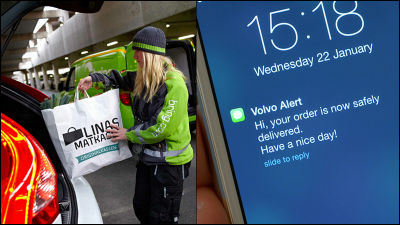How Amazon uses generative AI to speed up delivery

According to Amazon, the company delivered more than 2 billion packages to customers in the first quarter of 2024. American news broadcaster CNBC interviewed Amazon's system, which uses generative AI, robots, and human power to handle a large number of packages every day.
When Amazon Prime launched in 2005, there were very few services that promised two-day delivery.

But now it's standard service on Amazon, and it's free for Prime members, though there are some rigorous logistical challenges to overcome in order to make it happen.

One of them is robots. For example, Amazon's fulfillment centers use robotic arms called 'Robin arms.'

The luggage sorted by humans or robotic arms is then carried by the transport robot 'Pegasus.'

'There was nothing like this here,' Steve Armato, Amazon's vice president of transportation technology and services, recalled when he joined Amazon as a software engineer in 2001.

At the time, traditional retailers such as Walmart were also expanding into online shopping, but speed was not a priority, and people were generally lucky if their products arrived within two or three weeks.
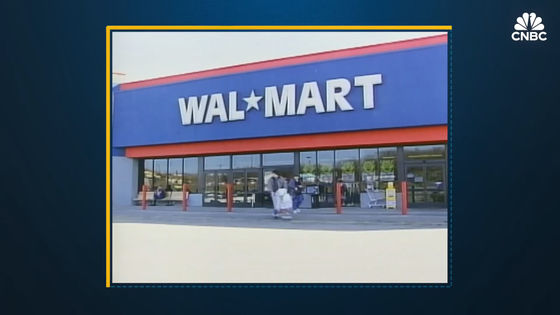
Amazon's promise to deliver products within a week came as a surprise to consumers.
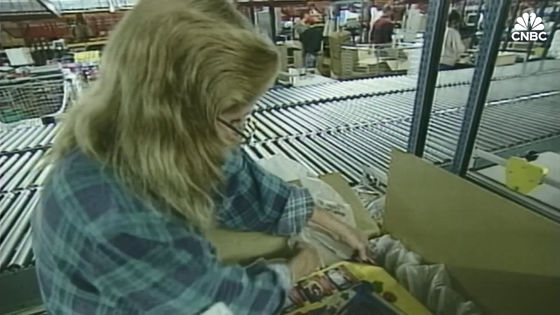
Data made this possible. General purpose AI was a big differentiator for Amazon long before ChatGPT became popular in 2022. As an early online-only retailer, Amazon had the ability to aggregate and store vast amounts of data about shopping behavior and use it to create algorithms that maximize sales and logistical efficiency.
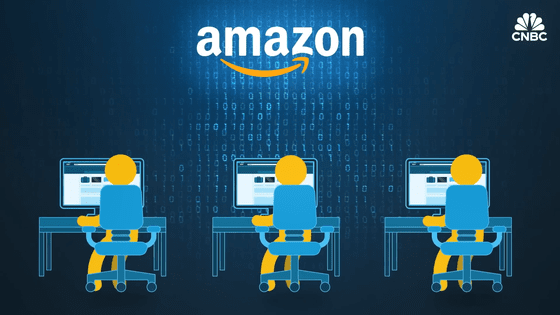
Amazon is a younger company compared to Costco, Target, and Walmart.
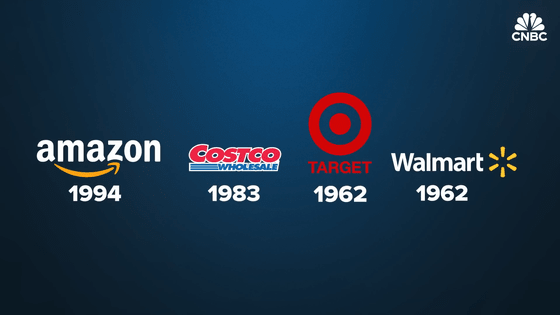
But the stock price has grown incredibly fast compared to those companies.
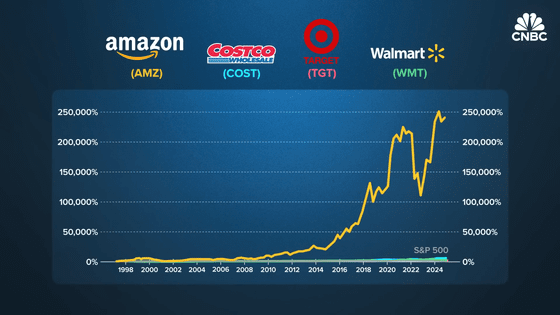
It has hundreds of warehouses across the United States and employs more than 1.5 million people.
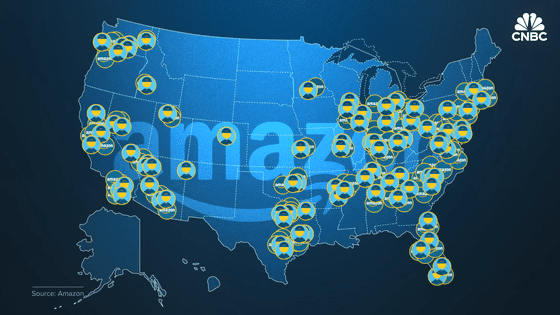
In 2014, it launched Prime Now, which delivers packages in as little as one hour.
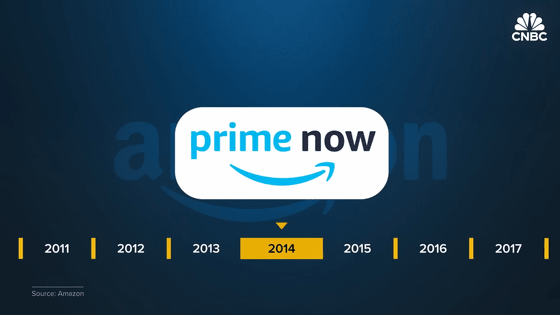
In 2018, we launched our Delivery Service program and significantly expanded our driver network.
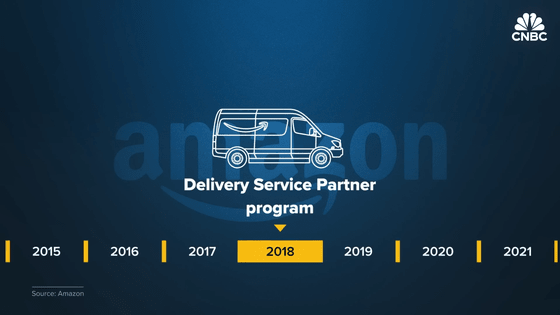
The program outsources delivery tasks to 4,400 small delivery companies, which employ 390,000 drivers.
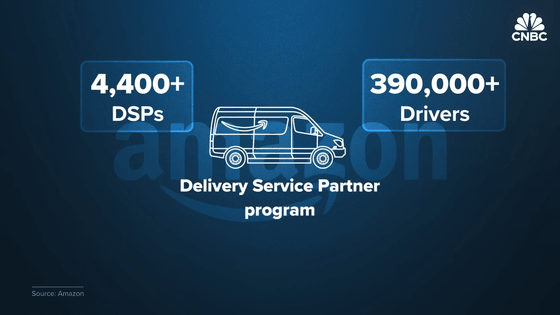
Next-day delivery became the norm in 2019, and in 2020 the company began developing supply chain optimization models using the Transformer architecture that is the basis of its generative AI technology. By 2022, the company was incorporating that AI into its robotics to further improve delivery speeds.
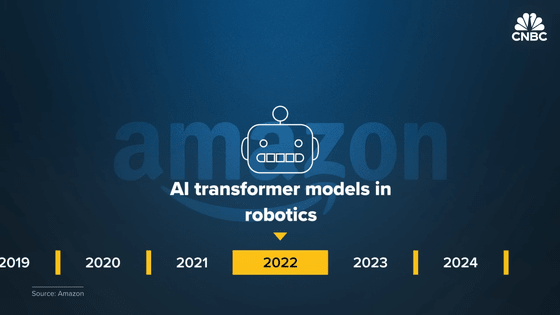
As of 2024, Amazon drivers are delivering more than 20 million packages per day in 20 countries, with more than 2 billion items delivered the same or next day in the first quarter of 2024.
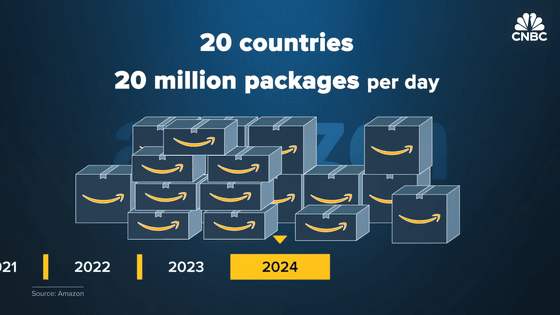
In the shadows of these achievements, various labor problems have arisen in Amazon warehouses, but Amazon believes that using robots can greatly alleviate such problems. In fact, Amazon is introducing robots on a large scale, and the number of robots operating in Amazon warehouses is expected to reach more than 750,000 by 2024, more than double the number three years ago.
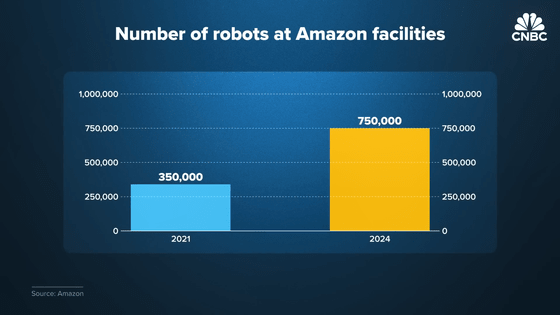
Alongside the robots is AI: 'Generative AI helps with prioritization, so some two-day packages can be pushed aside for later, allowing robots carrying next-day packages to leave first and take the shortest route to their destination,' says Armato.
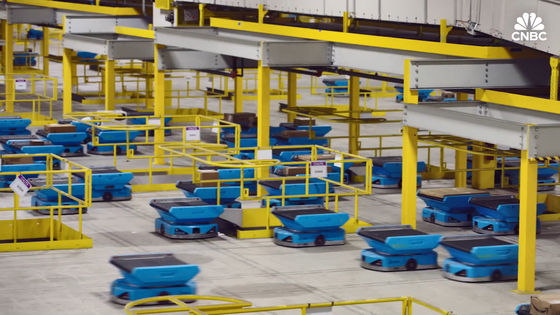
Amazon's next-generation delivery robot, Proteus, is fully autonomous, using generative AI and computer vision to avoid obstacles and get to the right place.
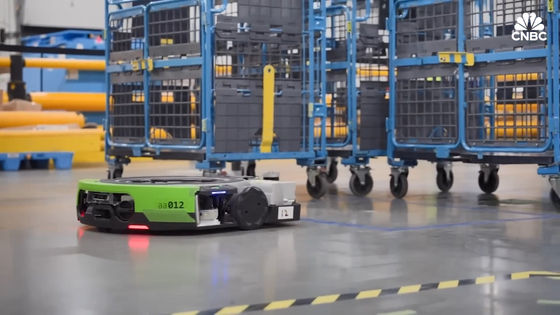
In addition, generative AI is also what enables the Robin arm, which has handled over 2 billion pieces of parcel to date, to learn data on a wide variety of products and safely handle products of all shapes and weights.
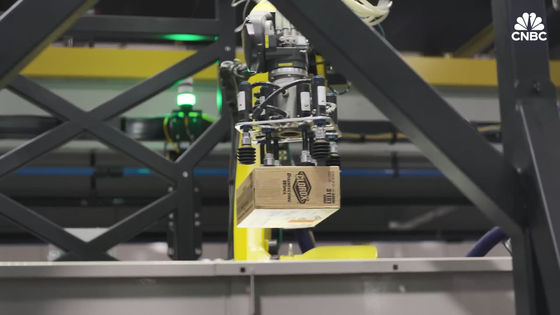
In addition, some warehouses are also equipped with humanoid robots called 'Digit.'
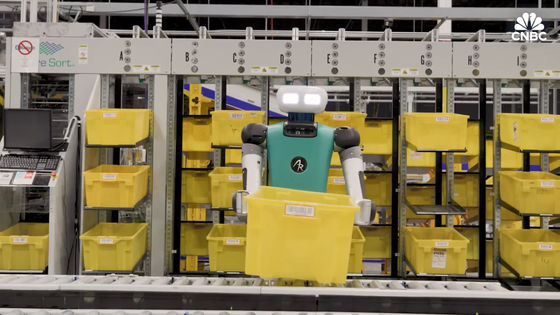
At this point, it seems like it's only a matter of time before all warehouse workers are replaced by robots: One study estimated that every robot replaces roughly three workers.
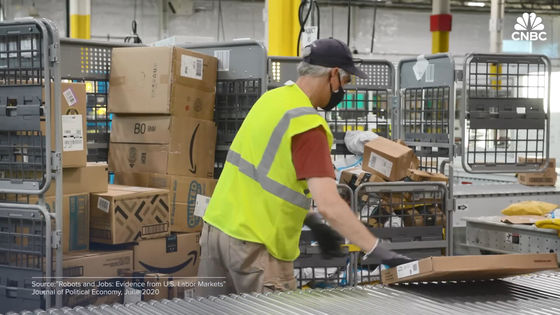
On the other hand, research has shown that companies that use robots increase employment overall. 'If a robot breaks down, someone has to maintain it, and new types of jobs are emerging, such as cleaning up items that fall onto the 'dance floor' where the transport robots move. Some of these jobs are higher-paying than traditional jobs,' Armato said.
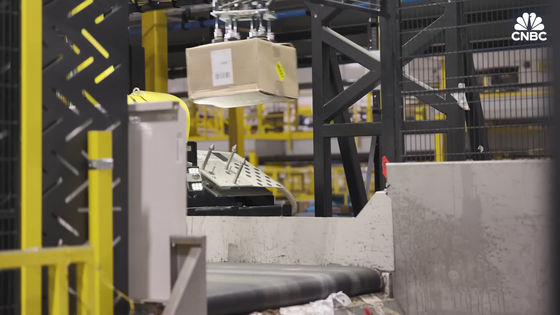
However, Amazon's mission is not to protect American jobs but to satisfy its shareholders, and one of the ways to do that is to reduce the enormous time and cost it takes to get goods from sellers to consumers.
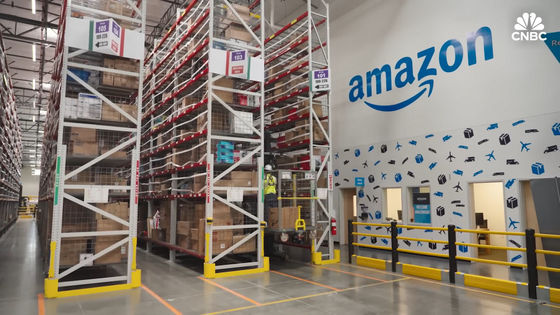
To achieve this, Amazon has traditionally used algorithms to predict when, where, and how much inventory will be needed.
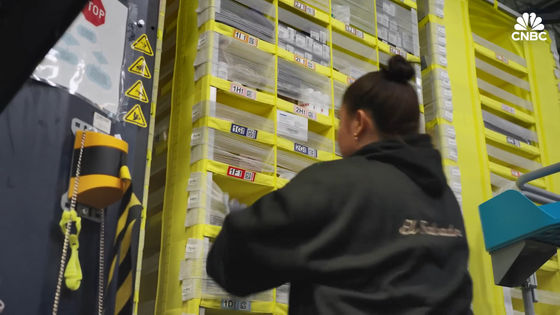
Furthermore, with the advent of generative AI, it has become possible to appropriately allocate even completely new products based on past data.
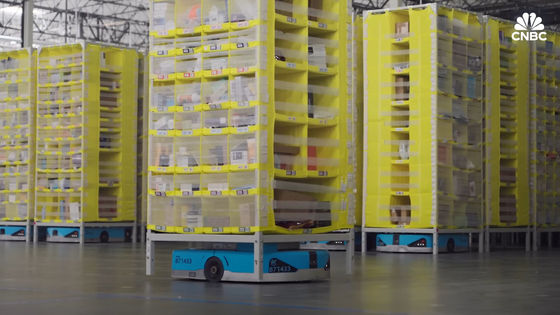
Generative AI has many applications, such as models for choosing what packaging materials to use, which helps reduce return rates, and Amazon says that AI can detect damaged items three times more accurately than humans and remove them before delivery.

This doesn't come without challenges: Amazon has a goal of becoming carbon neutral by 2040, but training and running AI is a carbon-intensive process, and its AI servers are expected to use as much electricity as a small country by 2027.
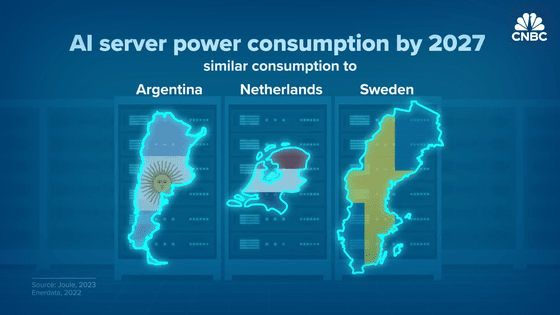
But shareholders are more concerned about the impact of AI investments on the bottom line than climate change. In particular, Amazon is using AI to reduce costs in
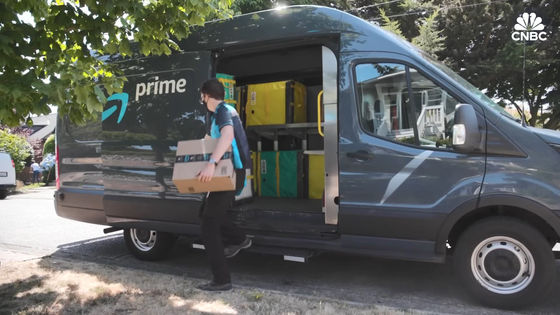
In the past,
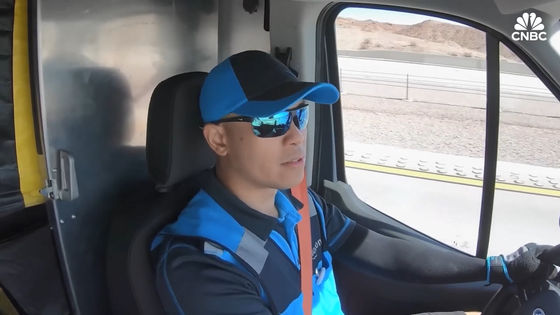
In 2022, Amazon will introduce fully electric Rivian delivery vans, deploying more than 15,000 across the US.
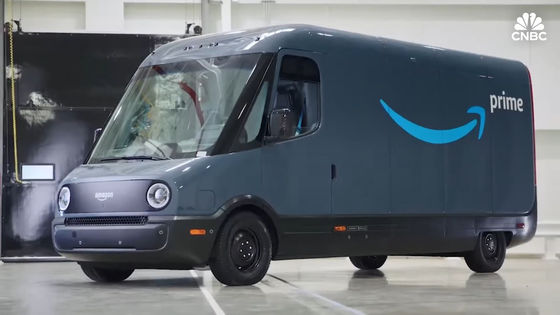
The van also comes equipped with a large screen displaying new maps and routes, AI-enabled cameras that monitor the road, the sides of the vehicle, and the driver. The cameras do not record when the driver is not driving, and there is also a 'privacy mode.'
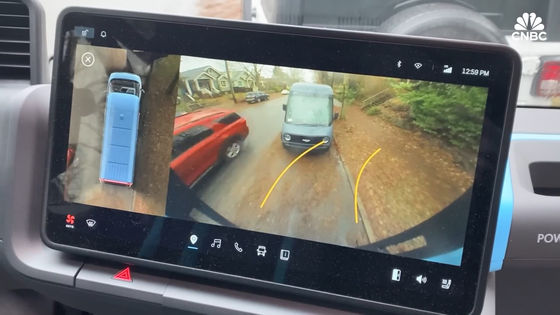
When it comes to privacy, a common concern is that Amazon collects huge amounts of data, such as purchase history, and

Here too, generative AI is used for things like review summarization.
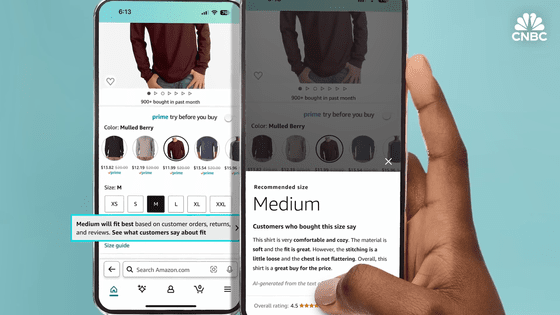
Also announced in 2023 is
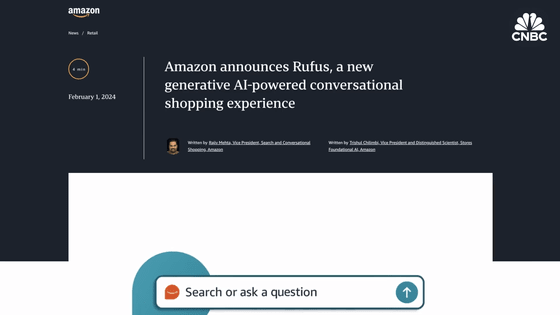
Regarding this point, one expert commented, 'Some consumers may be uncomfortable with product suggestions based on their purchase history. For this reason, Amazon may need to implement, or potentially introduce, an 'opt-out' feature that allows consumers to say, 'Don't look at my purchase history for recommendations.''
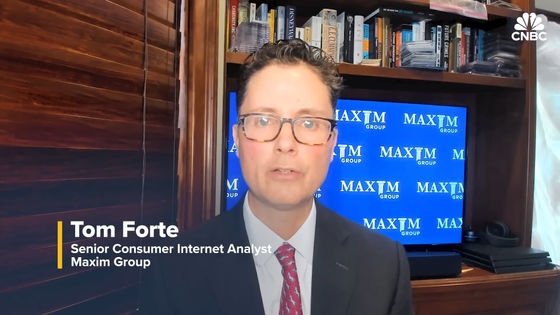
“If generative AI can help us reduce packaging or shorten delivery times and distances, that’s all well and good – provided they’re willing to be completely transparent about the data they use,” said another expert.
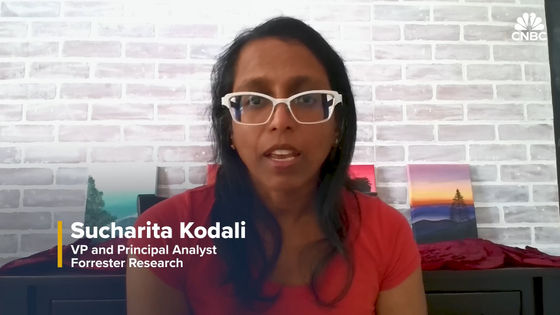
Related Posts:
in Video, Posted by log1l_ks


